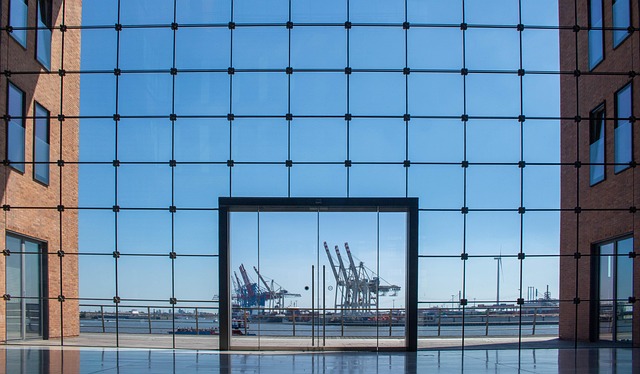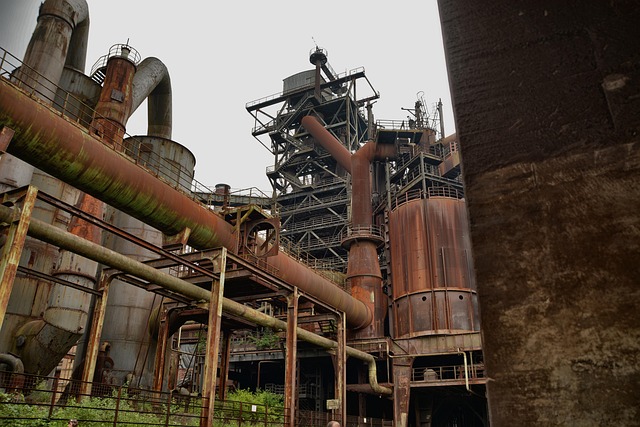In a competitive real estate market, understanding and catering to logistics needs are crucial for success. Strategic locations near transport routes or logistics hubs offer significant advantages, stabilizing the market with consistent demand from businesses and e-commerce growth. Developers can harness this stability through diverse investments, sustainable practices, technology, and strategic positioning, ensuring robust demand and capitalizing on the logistic-driven real estate market.
In the dynamic realm of real estate, understanding logistic needs is paramount for market stability. This article explores how consistent demand, driven by logistical requirements, influences property trends and shapes investment strategies. We delve into the intricate relationship between logistics and real estate, providing insights on navigating market fluctuations. For developers and investors, this knowledge becomes a powerful tool, offering opportunities to capitalize on steady demand while adapting to evolving industry landscapes.
Understanding Logistic Needs in Real Estate

In the dynamic realm of real estate, understanding logistic needs is paramount for both developers and investors. Logistic needs refer to the efficient movement and management of goods, services, and resources within a property or across multiple locations. For instance, in commercial real estate, seamless logistics can mean the difference between a thriving business hub and an underutilized space. Effective logistics ensure that supplies reach businesses promptly, enhancing operational efficiency and ultimately contributing to economic growth.
Real Estate professionals must consider factors such as transportation networks, storage facilities, and distribution centers when evaluating properties. Properties strategically located along major transport routes or near logistics hubs often command premium prices due to their inherent advantages. This is particularly true for industrial real estate where efficient logistics can significantly impact the success of e-commerce businesses, manufacturing operations, and supply chain management.
The Impact on Market Stability

The steady demand for real estate, driven by logistic needs, has a profound impact on market stability. This consistent demand acts as a stabilizer, shielding the market from acute fluctuations that often accompany other sectors. The need for physical spaces to store and transport goods ensures a reliable base of buyers and sellers, creating a balanced ecosystem within the real estate market.
Moreover, this steady demand fosters long-term investment opportunities. Property owners and investors can anticipate a consistent level of activity, making informed decisions about property development, acquisition, and disposal. As logistics continue to evolve, driven by technological advancements and globalization, the underlying need for real estate remains unaltered, ensuring stability and resilience in an ever-changing economic landscape.
Strategies for Developers and Investors

Developers and investors can navigate the steady demand for real estate by employing strategic approaches. Diversifying their portfolio across various asset classes, such as residential, commercial, and industrial properties, helps mitigate risks associated with market fluctuations. Investing in sustainable and tech-driven solutions within existing infrastructure can also attract a broader range of tenants and buyers.
Adopting innovative marketing strategies, leveraging digital platforms, and offering tailored amenities are key to staying competitive. Additionally, collaborating with logistics experts to optimize supply chain networks and ensuring properties are strategically located near transportation hubs can further drive demand. By embracing these strategies, developers and investors can capitalize on the steady logistic-driven demand in the real estate market.






